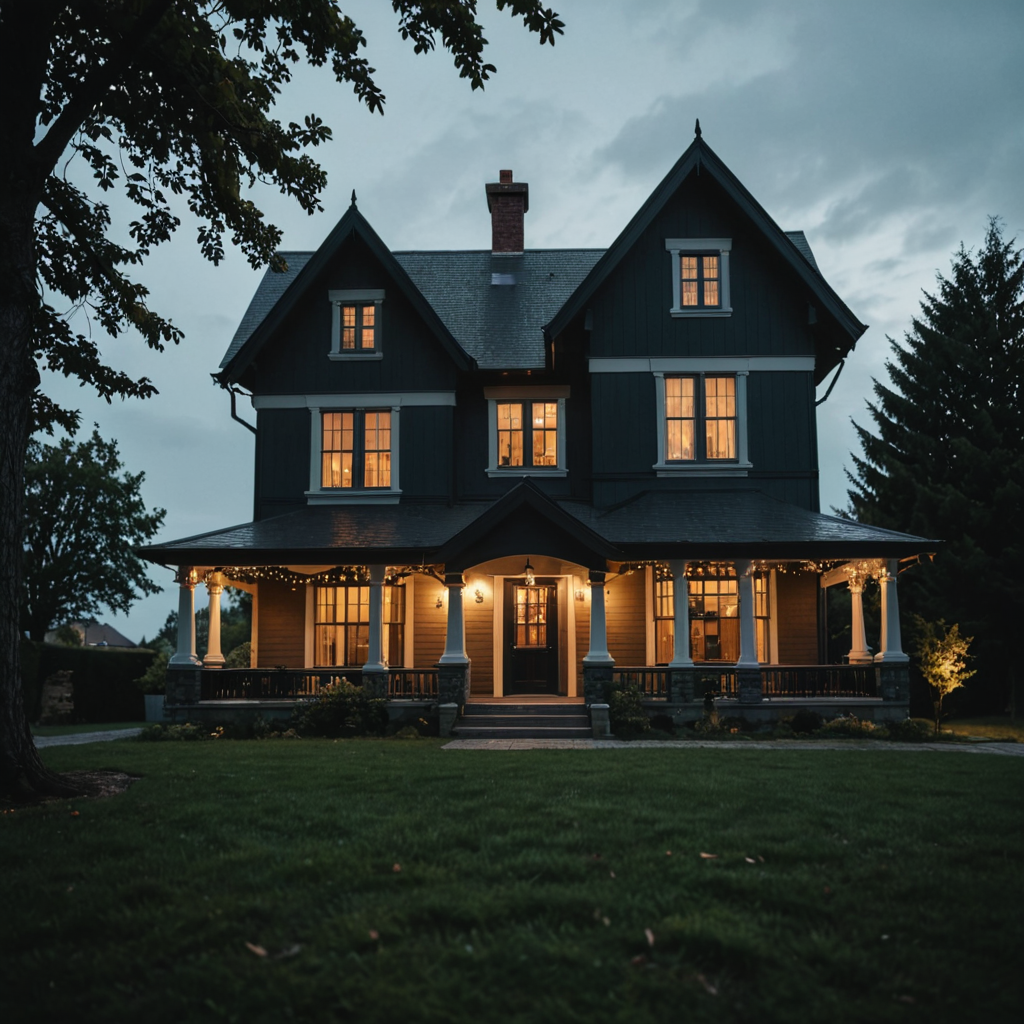
The color of your home’s exterior may seem like a purely aesthetic choice, but it can actually have a significant impact on your heating and cooling bills. Dark exterior colors, such as deep blues, greens, browns, and blacks, absorb more heat from the sun than lighter colors, like whites, beiges, and pastels. This absorption of heat can affect the temperature inside your home, leading to increased energy consumption for heating and cooling purposes. In this article, we will explore how dark exterior colors can influence your heating and cooling bills and provide tips on mitigating their effects to improve energy efficiency and comfort in your home.
1. Absorption of Heat: Dark exterior colors absorb more heat from the sun’s rays, causing the surfaces of your home to become warmer than lighter-colored surfaces. This absorbed heat can penetrate through walls, windows, and doors, raising the indoor temperature and creating a need for more cooling during hot weather. In contrast, lighter exterior colors reflect more sunlight and heat, helping to keep the interior of your home cooler and reducing the reliance on air conditioning.
2. Increased Cooling Costs: The heat absorbed by dark exterior colors can lead to higher indoor temperatures, especially in sunny climates or during the summer months. As a result, your air conditioning system will have to work harder and longer to maintain a comfortable temperature inside your home, resulting in increased energy consumption and higher cooling bills. By choosing lighter exterior colors, you can reduce the amount of heat absorbed and alleviate the strain on your cooling system, leading to potential energy savings.
3. Impact on Heating Costs: While dark exterior colors can contribute to higher cooling costs, they can also affect your heating bills during the winter. Dark surfaces lose heat more slowly than lighter surfaces, meaning that homes with dark exteriors may require more heating to maintain warmth in colder weather. This increased demand for heating can result in higher energy usage and elevated heating expenses. By opting for lighter exterior colors, you can help your home absorb more sunlight and heat during the winter, reducing the need for heating and potentially lowering your heating bills.
4. Strategies for Energy Efficiency: If you have a home with dark exterior colors and are concerned about the impact on your heating and cooling bills, there are several strategies you can implement to improve energy efficiency and comfort:
– Increase Insulation: Enhance the insulation in your home’s walls, attic, and windows to reduce heat transfer and improve energy retention, regardless of exterior color.
– Use Reflective Roofing Materials: Consider installing reflective roofing materials that can deflect sunlight and reduce heat absorption, helping to keep your home cooler in warm weather.
– Plant Trees and Shrubs: Planting trees and shrubs strategically around your home can provide shade, block direct sunlight, and lower the ambient temperature, reducing the need for cooling.
– Install Energy-Efficient Windows: Upgrade to energy-efficient windows with low-E coatings to minimize heat gain in the summer and heat loss in the winter, regardless of exterior color.
– Consider Lighter Exterior Colors: If possible, repaint your home with lighter exterior colors to reflect more sunlight and heat, improving energy efficiency and reducing heating and cooling costs.
In conclusion, the color of your home’s exterior can have a significant impact on your heating and cooling bills by influencing heat absorption, indoor temperatures, and energy consumption. Dark exterior colors tend to absorb more heat and can lead to higher cooling costs in warm weather, as well as increased heating costs in cold weather. By understanding the effects of dark exterior colors on energy efficiency and implementing strategies to mitigate their impact, such as improving insulation, using reflective roofing materials, planting shade-providing vegetation, upgrading windows, and considering lighter colors, you can enhance the comfort and sustainability of your home while reducing your heating and cooling expenses.
Cedar Hill St. Louis Jefferson County Olivette Kirkwood Ballwin Arnold Franklin County St Charles County Fenton High Ridge Dittmer Creve Coeur
